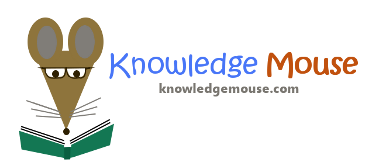
When you're ready to print, just click this button: Make Print-Friendly
Easter Club Y11
H&TP Quizzes 4
-
On whose work did Louis Pasteur build his advancements in microbiology?A. Koch B. Galen C. Jenner D. Vitton
-
In what area of medicine did Joseph Lister make advancements?A. Antiseptics B. Antibiotics C. Antiperspirants D. Antidotes
-
Who worked out how to stain bacteria?A. Rupert Koch B. Robert Kloss C. Robert Koch D. Rupert Everett
-
In what way was Koch responsible for reducing the numbers of deaths from diphtheria and typhoid?A. By identifying the causes of those diseases B. Created vaccines C. Built hospitals D. Tampered with statistics
-
What was the first ‘magic bullet’?A. The Golden Gun B. Salvarsan 606 C. Vaccine D. The arrow cup
-
What invention from the early 1800s is being described here: a medical instrument for listening to the action of someone's heart or breathing, typically having a small disc-shaped resonator that is placed against the chest, and two tubes connected to earpA. Microscope B. Stethoscope C. Blood transfusion D. Steam steriliser
-
Prior to Pasteur’s work on Germ Theory, what was thought to cause disease?A. Spontaneous combustion B. Spontaneous generation C. The generation game D. Germs

Easter Club Y11 (Answer Key)
H&TP Quizzes 4
-
On whose work did Louis Pasteur build his advancements in microbiology?A. Koch B. Galen C. Jenner D. Vitton
-
In what area of medicine did Joseph Lister make advancements?A. Antiseptics B. Antibiotics C. Antiperspirants D. Antidotes
-
Who worked out how to stain bacteria?A. Rupert Koch B. Robert Kloss C. Robert Koch D. Rupert Everett
-
In what way was Koch responsible for reducing the numbers of deaths from diphtheria and typhoid?A. By identifying the causes of those diseases B. Created vaccines C. Built hospitals D. Tampered with statistics
-
What was the first ‘magic bullet’?A. The Golden Gun B. Salvarsan 606 C. Vaccine D. The arrow cup
-
What invention from the early 1800s is being described here: a medical instrument for listening to the action of someone's heart or breathing, typically having a small disc-shaped resonator that is placed against the chest, and two tubes connected to earpA. Microscope B. Stethoscope C. Blood transfusion D. Steam steriliser
-
Prior to Pasteur’s work on Germ Theory, what was thought to cause disease?A. Spontaneous combustion B. Spontaneous generation C. The generation game D. Germs

When you're ready to print, just click this button: Make Print-Friendly
